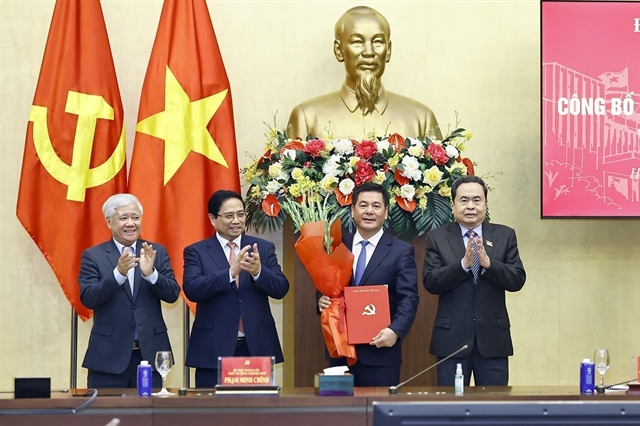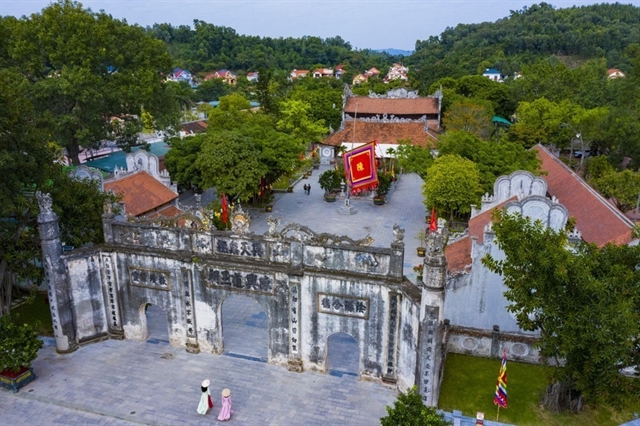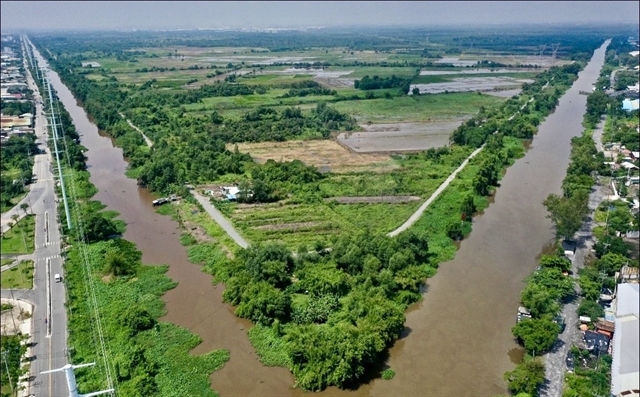 Society
Society
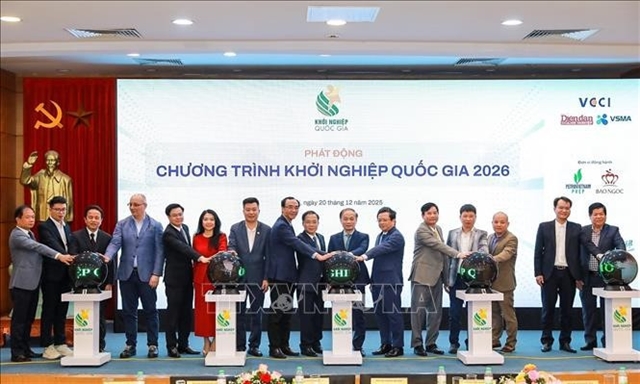
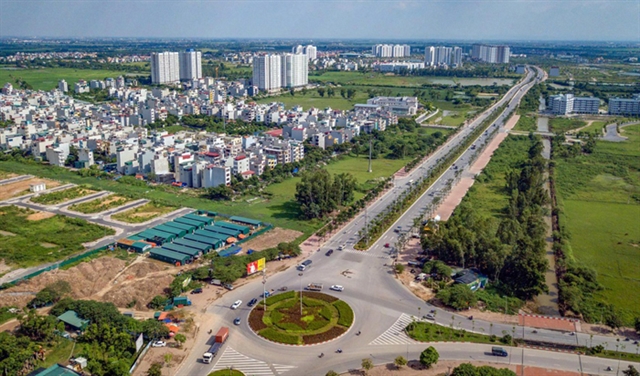
|
| Phú Xuyên District's township. Photo kinhtedothi.vn |
HÀ NỘI – Hà Nội's proposed satellite city Phú Xuyên has not been developed due to a lack of a detailed plan, even though the master plan was approved five years ago.
The lack of a detailed plan has led to limitations in attracting resources for infrastructure investment.
Located south of Hà Nội, Phú Xuyên satellite city’s plan was approved in 2015 with a total area of nearly 4,000ha including eight communes and two townships of Phú Xuyên District and five communes of Thường Tín District.
Under the approved plan, the satellite city is set to focus on industrial production, goods trans-shipment, supporting agricultural production for the Red River Delta region and building industrial zones to relocate factories from the inner city.
The plan calls for high-tech healthcare establishments and vocational training centres as well as a transport system linking with central Hà Nội and neighbouring areas.
When the plan was made public, the people of Phú Xuyên were excited because if the rural district was turned into an urban area, their lives would doubtlessly improve.
However, after five years of approval, the plan is still only on paper.
“Phú Xuyên Township has not yet changed much because the detailed plan had not been approved. Therefore, there are no parks, local authority offices or industrial zones so far,” Nguyễn Viết Hải, chairman of Phú Xuyên People’s Committee, told Kinh Tế & Đô Thị (Economy & City) newspaper.
“Besides, land management had faced difficulties due to the lack of a detailed plan,” Hải said.
“The local socio-economic development could be fulfilled and people's lives would be improved if the detailed plan was approved,” he said.
Phú Xuyên District has good natural conditions, convenient transport routes and 154 traditional craft villages.
However, the socio-economic infrastructure is weak and it has not yet attracted investors in industrial production and craft villages.
In the development planning of the capital city, there are to be five satellite cities of Hoà Lạc, Sóc Sơn, Xuân Mai, Sơn Tây and Phú Xuyên.
The satellite cities are to be designed they can operate independently, support and offload some functions for central Hà Nội such as forming industrial and high-tech zones, education, training and healthcare establishment and tourism centres.
However, planning and investment for the five satellite cities have been limited.
Up to now, only Hoà Lạc satellite city, located in the western part of Hà Nội, has been gradually taking shape.
Along with the spacious and modern Thăng Long Avenue connecting the central urban area with Hoà Lạc satellite city, transport infrastructure and residential areas of this satellite city have been constructed thanks to investment attraction.
The remaining four satellite cities still lack detailed plans.
Therefore, many districts located in the satellite cities, which have favourable geographical locations and potential for socio-economic development, have not brought into full play their strengths and reduced the pressure on development in central Hà Nội.
Assessing the advantages of Phú Xuyên, Đào Ngọc Khiêm, vice president of the Hà Nội Urban Planning and Development Association said: “This is the intersection area of the economic corridors of the country’s northern region.”
“It has a rich heritage of traditional craft villages, vast land and the water surface areas of the Hồng (Red) and Nhuệ rivers are very good for the development of urban landscapes and contribute to environmental protection against climate change,” Khiêm said.
“A prominent feature of Phú Xuyên satellite city that few areas have is a diversified traffic hub in terms of railways, roads and waterways,” he said.
“These are favourable conditions for the development of processing industries, logistics services, high-tech agriculture and craft village tourism,” the architect said.
From the above advantages, Hà Nội needed to accelerate approving the detailed plan for residential areas for this satellite city including a flood drainage corridor and measures to mitigate the impacts of climate change because this is a low-lying area, he suggested.
Hà Nội Party Secretary Vương Đình Huệ recently said that Hà Nội was aiming for equitable development among areas around the city, especially suburban districts in the south of the city.
Huệ asked offices to push up the planning of Hà Nội’s satellite cities including building transport facilities and introducing mechanisms to attract investment. – VNS

